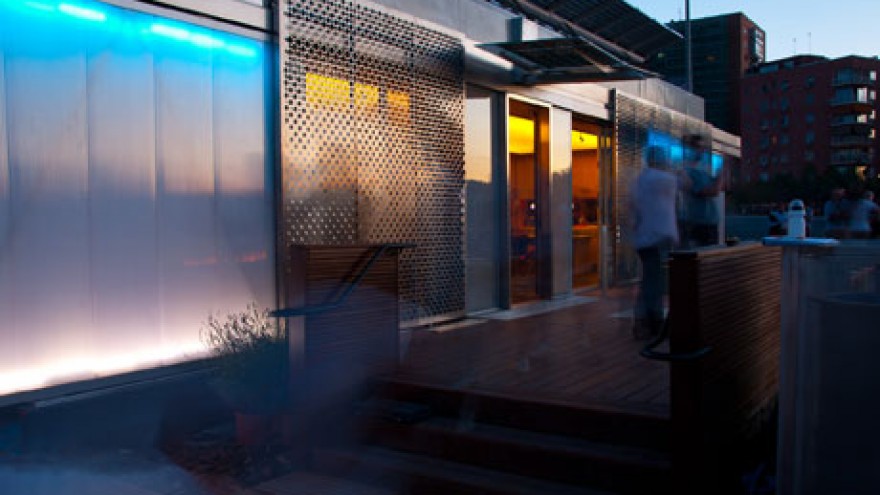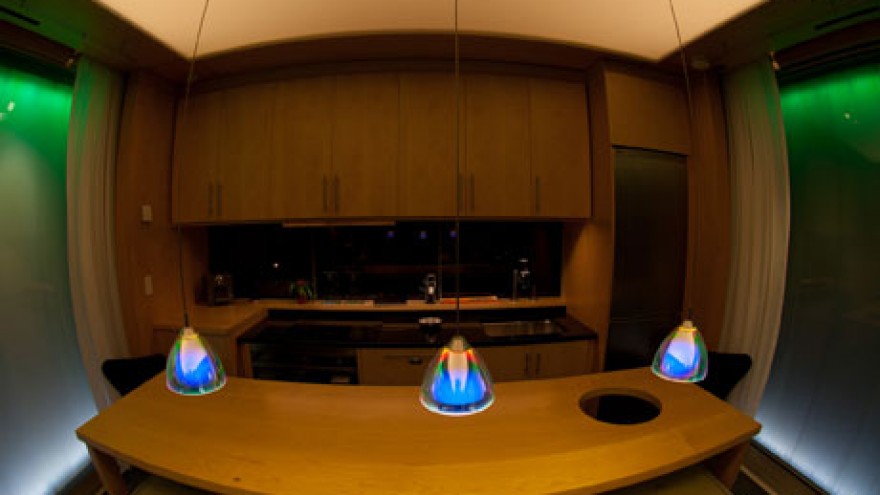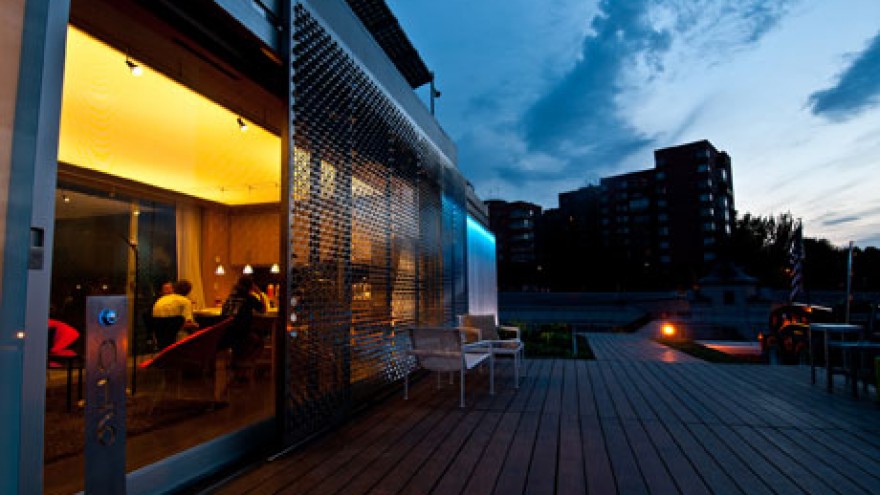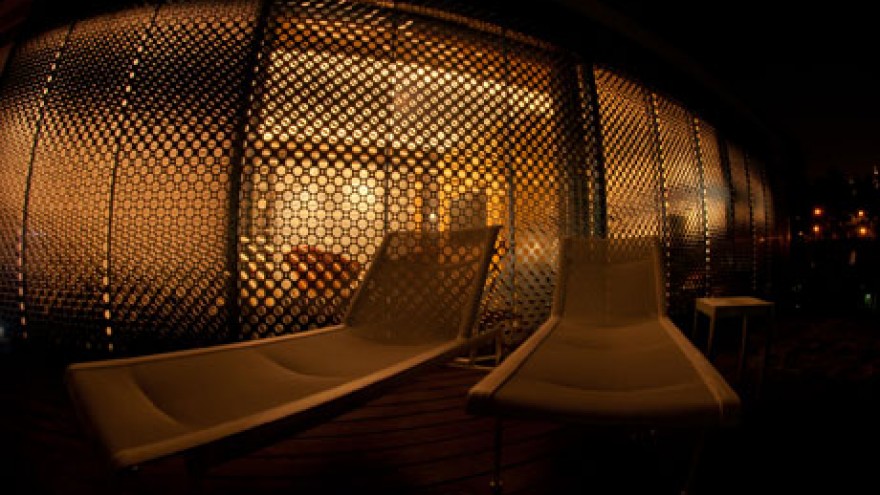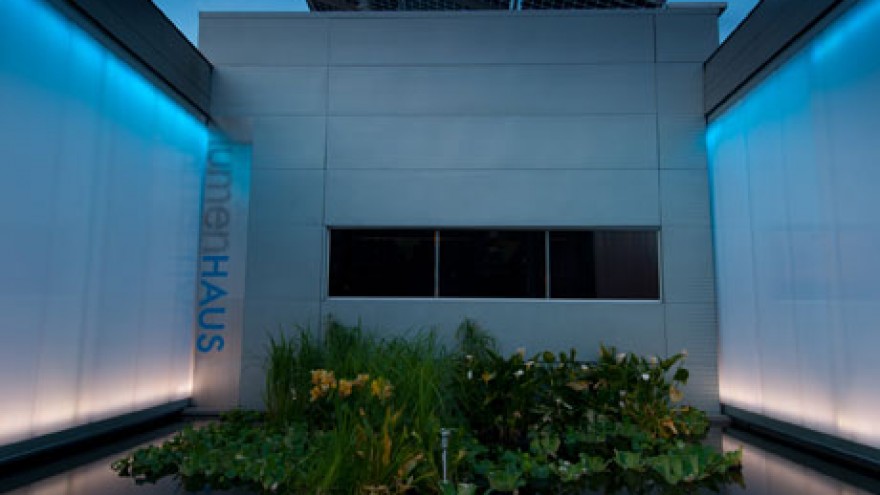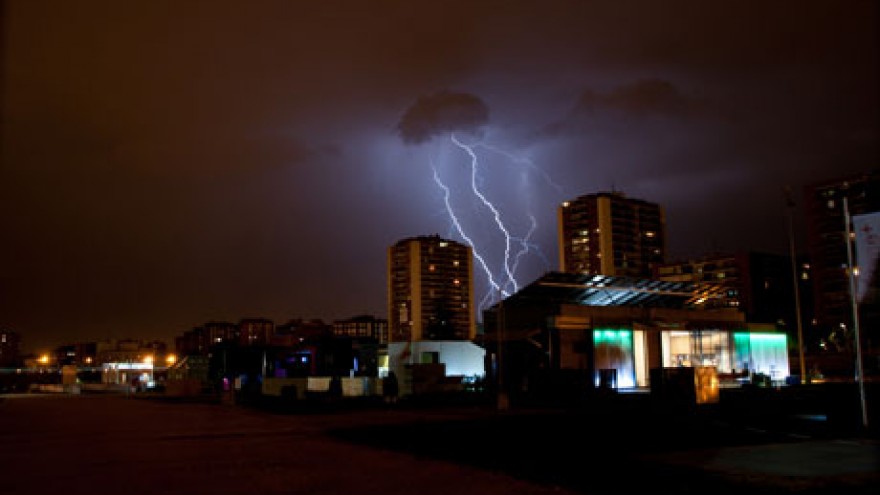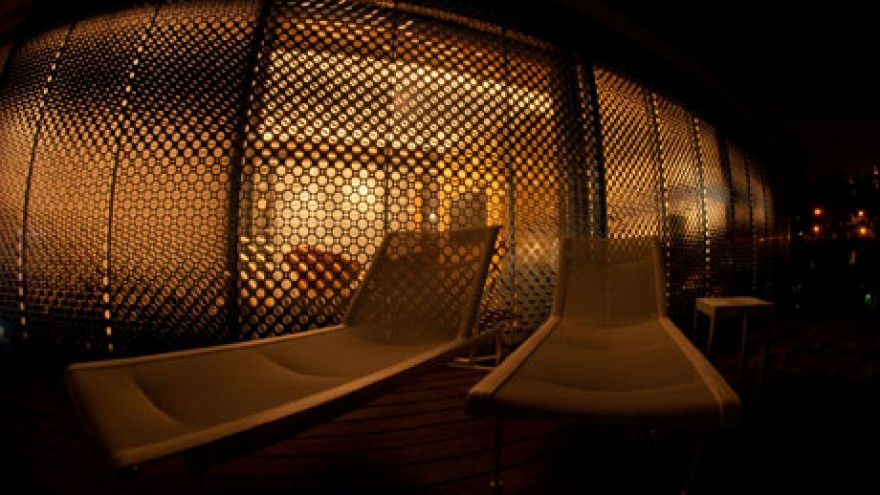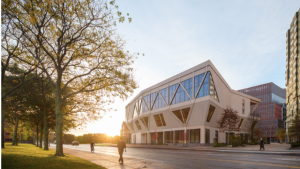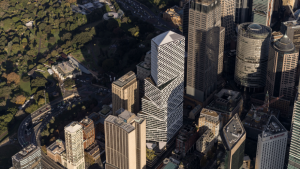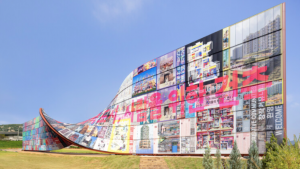Imagine waking up with natural light streaming in through the windows. As you get out of bed, the temperature of the concrete floor automatically adjusts to your needs, while your favourite music starts playing when you sit down to breakfast. When you leave for work the house automatically locks itself, reduces its thermostat and closes the solar panels, making the house go into hibernation until your return.
Now stop fantasising and remember to use your iPhone to programme when you’ll be home so that the system can prepare for your comfortable return. Welcome to the Lumenhaus.
Lumenhaus is Virginia Tech’s winning design for the 2010 Solar Decathlon Europe competition. It’s a zero-energy home that takes the idea of smart technology and responsive architecture to the next level.
Lumenhaus follows a “whole building design” approach that incorporates comfort-maximising user systems while prioritising environmental protection. The open-plan design of Lumenhaus allows for maximum exposure to daylight while the sliding doors enable the filtering of light and regulation of the interior temperature. A weather station of the roof provides regular updates for more efficient temperature regulation.
User-recognition software powered by the sun and activated by your iPad or iPhone ensure that the house adjusts to your needs and nature outside. Other sustainable Lumenhaus features include the use of passive energy systems, radiant heating and building materials sourced from renewable or recycled materials.
Lumenhaus, a combination of “the power of light” and “home”, is also a reference to the Bauhaus design movement and inspired by the Farnsworth House by Mies van der Rohe. The Lumenhaus team had to make their way through 10 contests before winning the challenge. These were divided into categories: architecture, engineering and construction, solar systems and hot water, energy balance, comfort conditions, appliances and functionality, communication and social awareness, industrialisation and market viability, innovation and sustainability.

